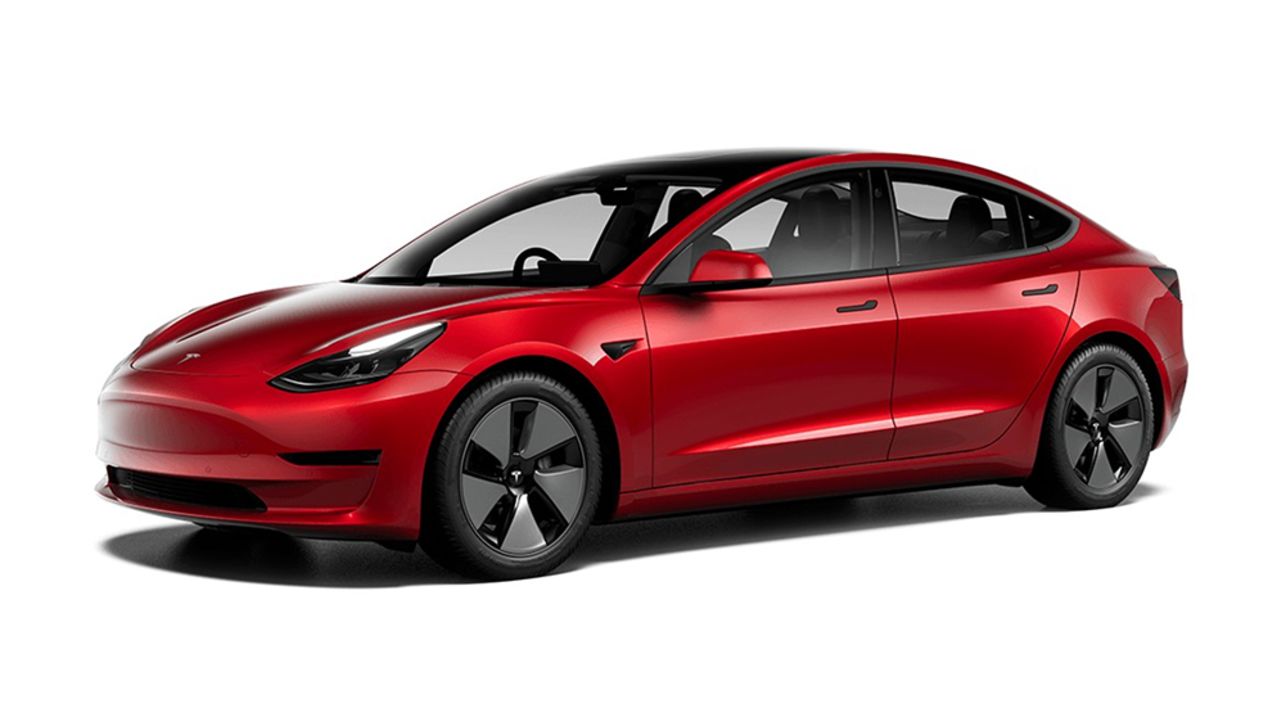Victoria is ironically taking the lead on the electric vehicle (EV) transition in Australia, with its government not only announcing a bold sales target, but also offering financial incentives to help it along.
Indeed, the state that wants to introduce a world-first road-user charge for EVs from July 1 is also taking the biggest steps towards the future of motoring seen locally to date.
By 2030, the state government wants 50 per cent of Victoria’s new-vehicle sales to be zero-emissions vehicles (ZEVs), including battery-electric vehicles (BEVs) and hydrogen fuel-cell electric vehicles (FCEVs).
To help get Victoria to that point, the state government is offering more than 20,000 subsidies of up to $3000 for ZEV buyers, 4000 of which are now available, but the catch is the new vehicles purchased must have recommended retail prices of less than $69,000.
As such, only select BEVs on the market are eligible, and these include the MG ZS EV small SUV ($43,990 driveaway), Hyundai Ioniq Electric small hatchback ($48,970 to $53,010 plus on-road costs), Nissan Leaf small hatchback ($49,990 to $60,490 + ORCs), Renault Kangoo ZE small van ($49,990 + ORCs), Mini Cooper SE light hatchback ($55,650 to $62,825 + ORCs), Hyundai Kona Electric small SUV ($62,000 to $66,000 + ORCs) and Tesla Model 3 Standard Range Plus mid-size sedan ($62,900 + ORCs).
The state government is also spending $19 million on at least 50 new charging stations across Victoria, and it plans to add 400 new EVs to its fleet over the next two years with another $10 million investment.
Commenting on the news, Federal Chamber of Automotive Industries (FCAI) chief executive Tony Weber said: “We have worked closely with the Victorian government to find a holistic approach to increasing the uptake of electric vehicles through specific investments and climate targets.
“However, the FCAI has concerns over the ambitious target of 50 per cent of new-vehicle sales in Victoria being electric vehicles by 2030, warning that governments should focus on CO2 emissions targets rather than mandating specific technologies.”




-2.jpg)


.jpg)

.jpg)
.jpg)



.jpg)

.jpg)
.jpg)


.jpg)




.jpg)
.jpg)



.jpg)
.jpg)
Comments